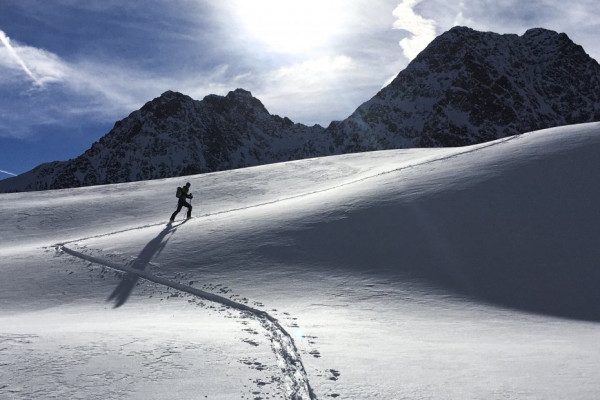10/14/2020 Backcountry Dress Code - Clothing for Efficient Ski Touring
Since diverging from our ape cousins 5-7 million years ago, we hominids have unfortunately lost the luscious full-body mane that kept our ancestors warm and cozy whenever the elements turned hostile. Thankfully though, brain size has been trending upwards. The smartest among us have harnessed the power of plants, animals, and synthetic materials to make clothes that allow us to thrive in improbable environments.
At Skimo Co, we divide this innovative drapery into three categories; Race, Speed, and Touring, with some overlap in between. Each category does it differently, but they all aim to facilitate unencumbered active movement and regulate temperature. Keep in mind that some humans tend to run hot or cold so insulation levels can be highly dependent upon the skier.
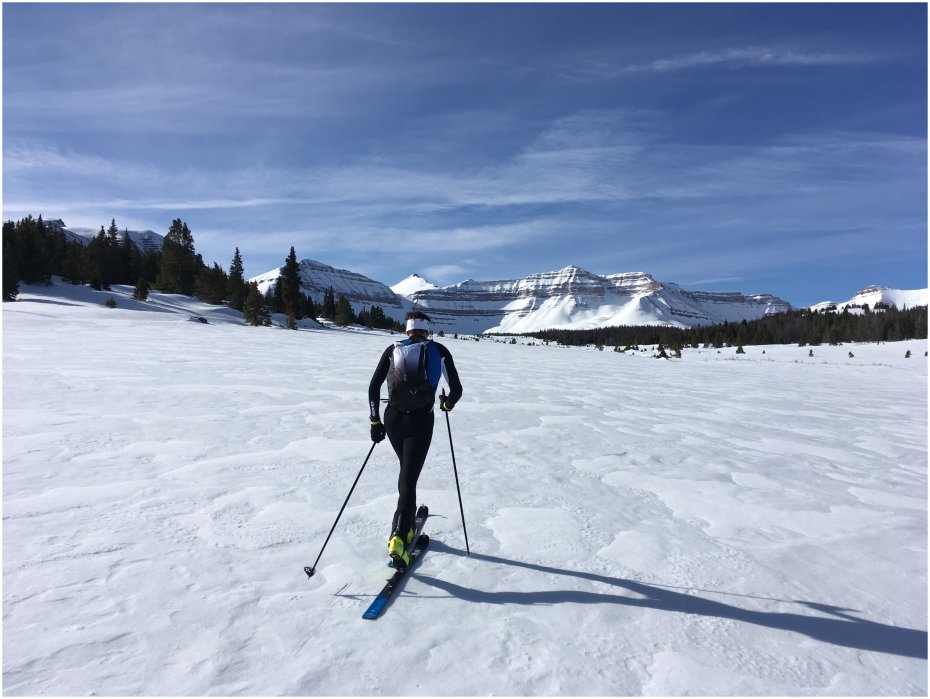
Race Clothing
As the name suggests, this category comprises the lightest and most breathable clothing we carry to help you move quickly in the mountains. It’s oriented towards serious racers or the person who brings their racing spirit to the backcountry. Similar to road cyclists wearing Lycra, the fit of apparel found within this category can aptly be described as “form-fitting,” and will kindly let you know if your diet deviates from your usual kale, spinach, and protein powder shake breakfast. Unrestricted motion isn’t a new idea amongst clothing manufactures, however, every garment within the racing category truly exemplifies this principle. The saying “time waits for no one” isn’t more apparent than in a race/speed touring environment, where time spent rooting around in a pack for water, snacks, or skins is unnecessary time lost. With this in mind, race tops are built with enough storage pockets to accommodate the aforementioned items, and even the local guidebook if you want. Because backpacks provide a lot of insulation against your back, race tops commonly feature mesh back panels to facilitate increased ventilation.
Race garments are also designed to integrate well with other speed-minded gear. For instance, pant bottom cut outs allow the user to quickly toggle with buckles and ski-walk mechanisms. Similarly, to keep snow at bay, stirrups loop around the underside of your boot while tops and bottoms will connect to make a seal. This last feature also has the added benefit of preventing “plumber’s crack.”
Because it is assumed that the wearer will be constantly moving, there are some inevitabilities with this category of clothing. First, the use of thinner fabrics inherently means a colder garment that won’t reward standing around for extended periods of time, nor will it prove to be as durable during “brushy exits.” Second, since race garments are optimized to be used with race boots, they may not be the most appropriate if you wish to use them with anything from the touring or beef boot families. If you exclusively use race boots, and value speed and efficiency above all else, this category will serve you well. Learn even more about race suits here.
Compare: Mens Race Suits, Womens Race Suits
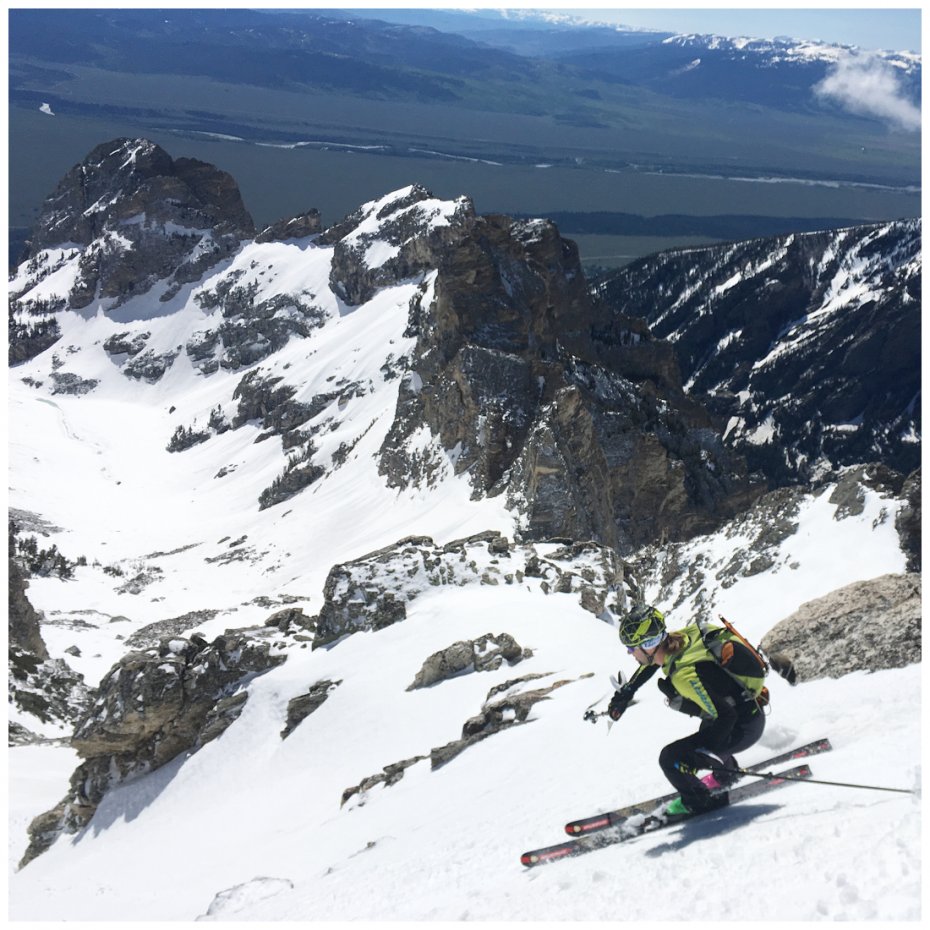
Speed Touring Clothing
A Skimo Co staff favorite, the speed touring category is a skosh more accommodating than race garments, yet still aims for efficiency. Stirrups are gone but high-ventilation mesh backs and dedicated jacket pockets for skins stay. They feature slightly thicker materials - like burly kick patches on pant legs, hoods, and windproof patches - and can be used with a wider range of gear, including touring boots. That said, this category is still snug-fitting, intended for high aerobic output, provides little insulation, and enables you to ski all day without taking your pack off. Unless it’s bitterly cold or you’re moving slow, speed touring clothing is the sweet spot between hauling ass and resistance to the elements. Overall, this category is ideal for racers seeking more protection, fast ski mountaineers, or the general tourer looking to pare down.
Compare: Mens Speed Jackets, Mens Speed Pants, Womens Speed Jackets, Womens Speed Pants
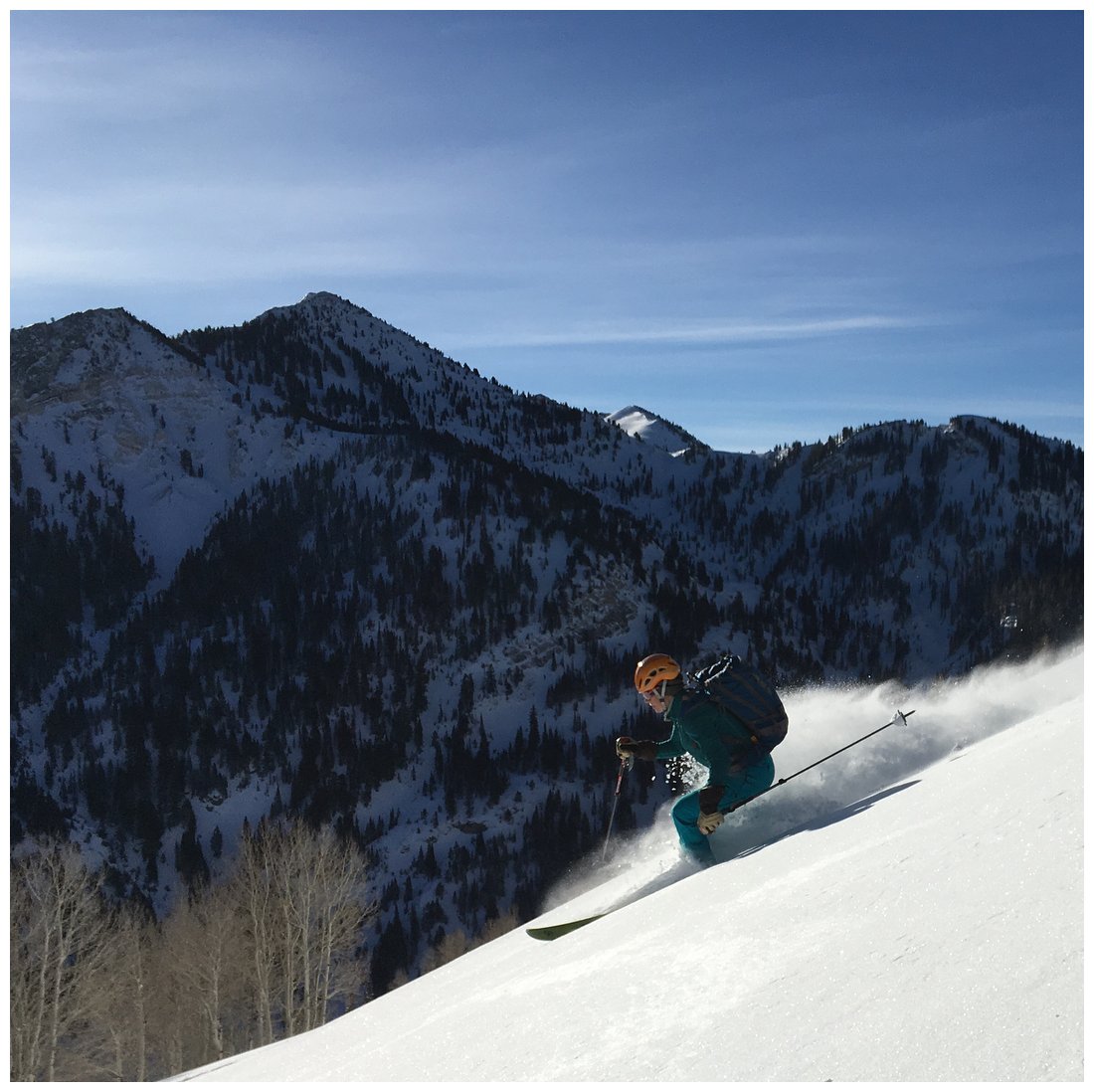
Ski Touring Clothing
Not to be confused with heavy, bulky, and significantly less breathable “freeride” clothing, this category is still designed with efficiency and big days in mind. However, the focus is more on “enjoying the journey” and less on being in the “pain cave.” This apparel uses similar construction methods found in the first two categories - such as articulated knees - albeit with heavier fabrics and a roomier fit. The inherent warmth found in thicker fabrics makes for a much warmer garment than in the two previous categories, however, zippered vents are usually present to help regulate temperature. This warmth also makes this category attractive to some for cold weather touring. Tops also tend to become more general, losing some features specific to ski touring (bye bye mesh back panels). The looser-fitting nature and demeanor of this category pairs well with touring and beef boots. Folks that take a more “casual” approach to a big day in the mountains will appreciate the breathability, excellent range of motion, and functionality these garments provide.
Compare: Mens Touring Jackets, Mens Touring Pants, Womens Touring Jackets, Womens Touring Pants
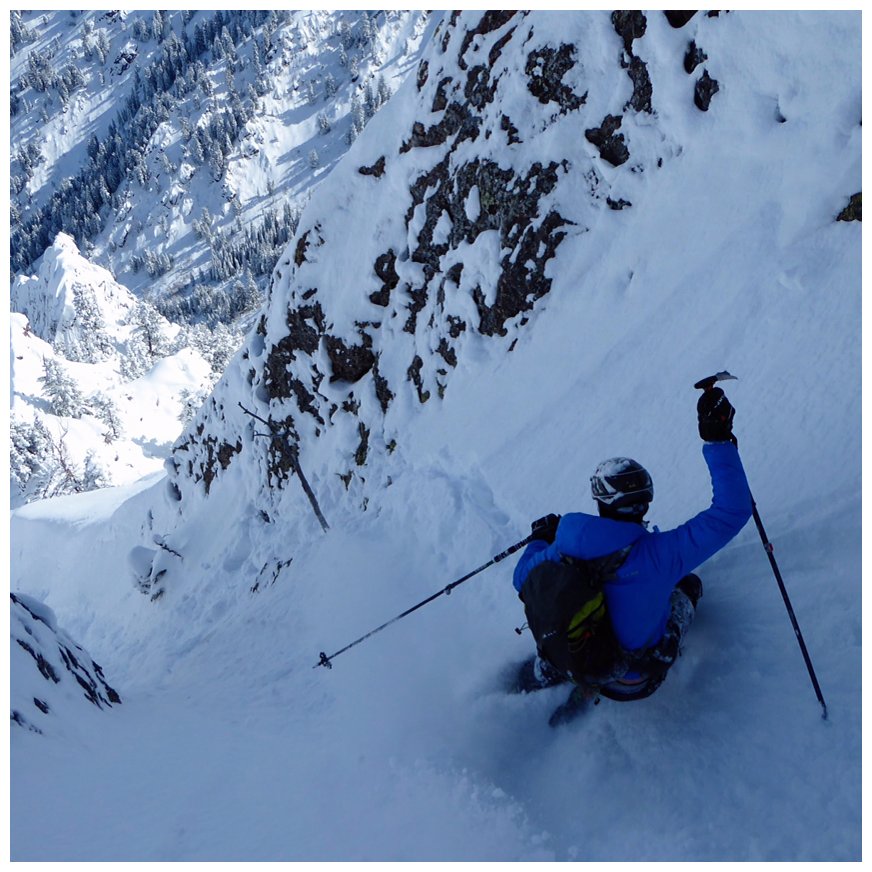
Bonus Layers (for the pack)
Because softshell fabrics are so darn good at simultaneously managing breathability and weather protection, other layers often stay smushed in the pack. However, when the weather turns especially nasty - that shaded north-facing couloir starts to freeze your sweat or the wind howls on the summit - it’s time to call in the reinforcements. Layers, such as superlight puffies, wind pants, or hard shells, can really save your butt when needed and some are light enough to justify bringing along. And since they’re not sport-specific, they can remain in your pack for summer adventures as well. Simply put, these layers are critical to have on hand for ski mountaineering missions with a questionable forecast. But they mostly belong in your pack.
Compare: Mens Layers, Mens Overpants, Womens Layers, Womens Overpants
Base Layers
Underneath it all and next to skin, base layers pull double duty as both sweat sponge and insulator. The main deciding factors are the ambient temperature (dead of winter or toasty spring skiing?) and the amount of heat output by the individual (are you racing or sauntering up the skintrack?). Nonetheless, all baselayers aim to pull moisture off and away from the skin to keep skiers warm and dry. Unlike our resort skiing brethren enduring cold lift rides, base layers for ski tourers are usually thin due to constant movement. Bonus points - you can even impress your partners with your progressive style choices.
All in all, this guide is a rough overview of options for ski tourers. Don’t feel boxed into one specific category. You’re welcome to mix and match clothing categories if it makes sense for you. And if you’re feeling overwhelmed, don’t be. Remember, early mountaineers summited monster peaks in oversized itchy wool coats.
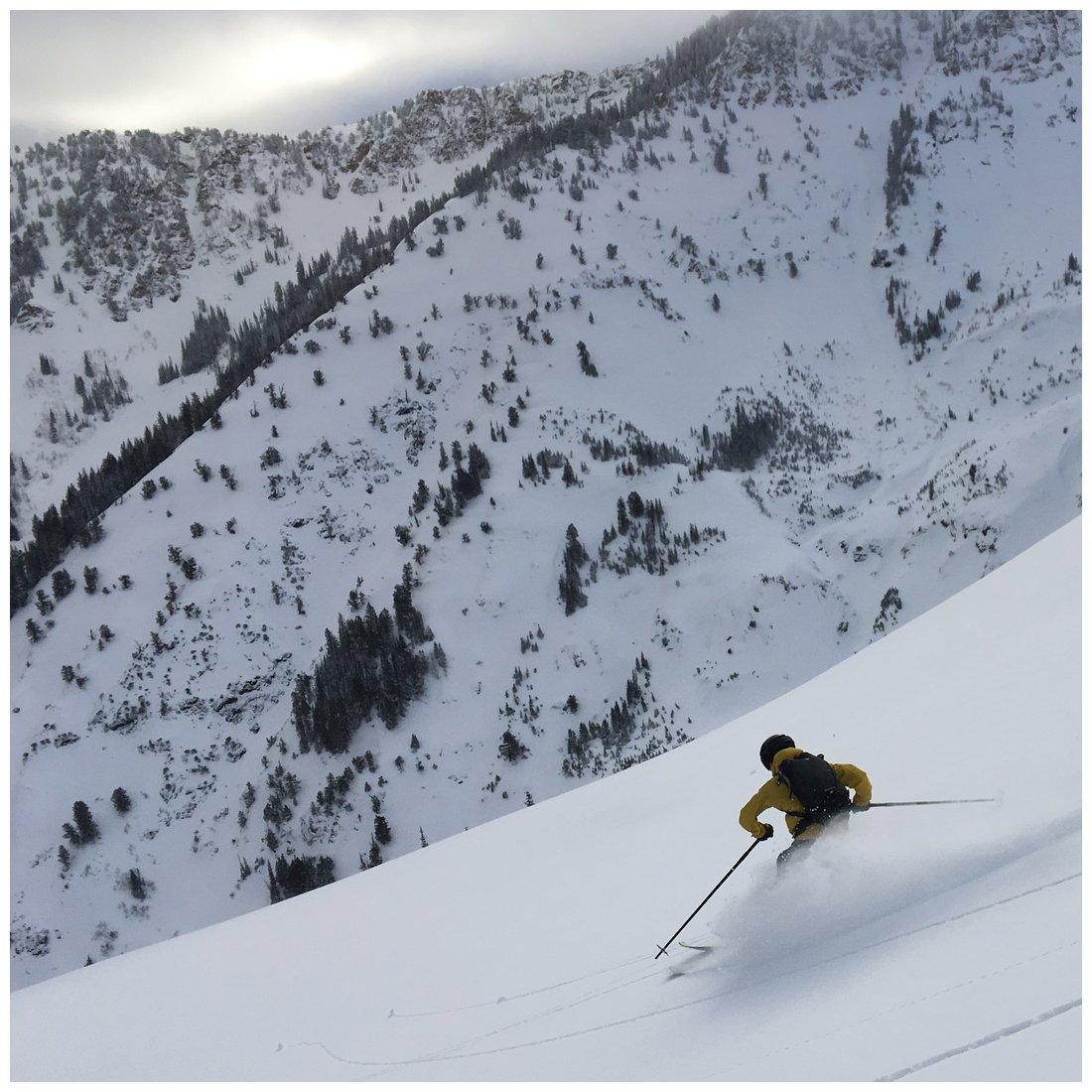
Comments
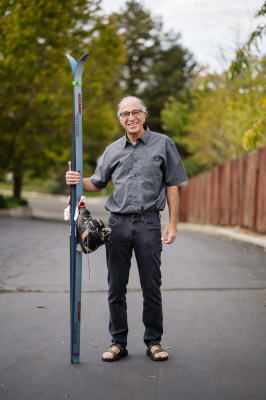
10/20/2020
A Boomer's Guide To The Backcountry
